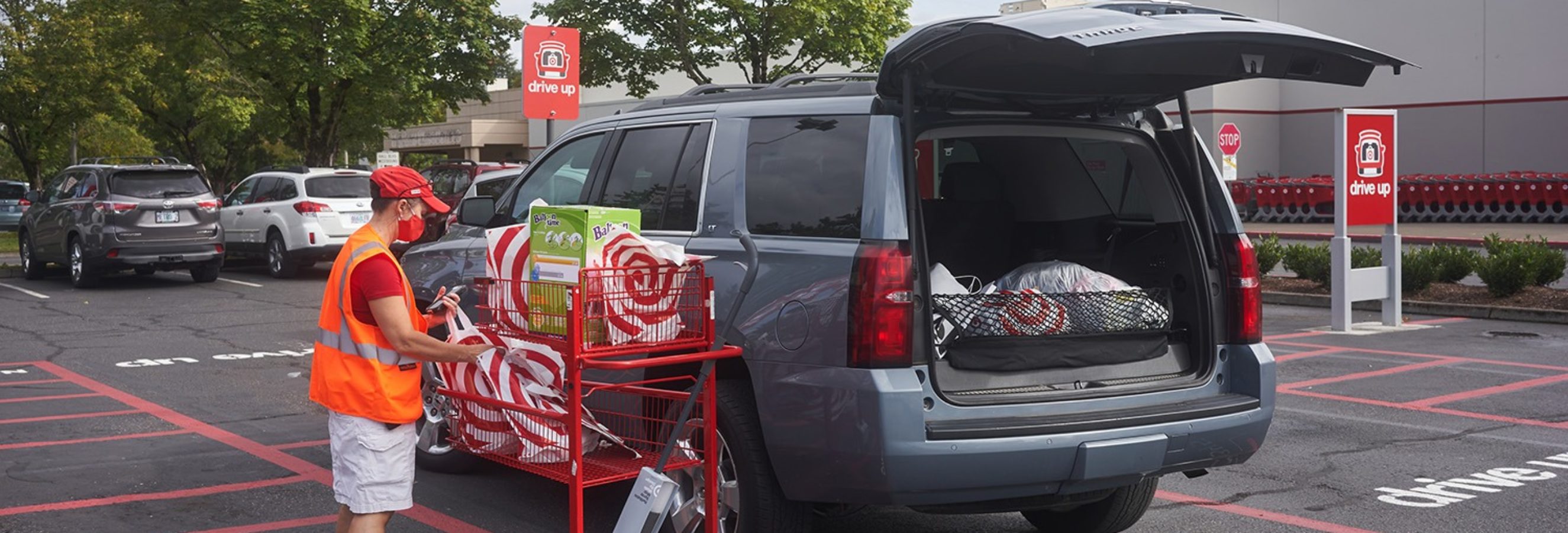Before the pandemic, many retailers weren’t concerned with offering flexible delivery methods since most of their sales were being driven by in-store shopping. While they were aware that consumers wanted seamless omnichannel experiences, they figured they had some time to define what this meant for their customers. Then the pandemic happened, and retailers were playing catch-up to offer flexible delivery.
How customers value flexible shipping
When it comes to online shopping, flexible delivery and shipping options matter a lot to consumers. First, these options decide how long the consumer must wait before they can enjoy their purchase. Secondly, delivery options affect the price. The price can quickly increase once shipping costs are added.
Free shipping is more important than fast shipping. A comScore study showed that 83 per cent of online US shoppers are willing to wait an additional two days for delivery if shipping is free. Similarly, 58 per cent of shoppers have added items to their cart to qualify for free shipping. These numbers indicate that shoppers want to be able to choose the shipping options that are right for them. Different people want different things from their online shopping experience, so providing flexible options ensures that most shoppers will be able to find an option that works for them.
A Forrester Consulting Report noted that more than a third of respondents said in-store pickup was an important feature they looked for in flexible shipping options, while approximately eight in ten thought knowing precisely when a package would arrive was a must when shopping online. The study also revealed that customers also value flexibility with order delivery. Some prefer to buy online and have an order shipped to a store, others prefer reserving items online and paying in store while others opted for purchasing online and picking it up at a point-of-convenience such as a UPS store.
Understand customer preferences
When trying to understand which delivery options to offer, retailers should always put the customer first. Due to the pandemic, customers are naturally concerned with safety and convenience as they shop. This in turn has driven the urgency around expanding various methods of flexible order fulfillment. Exactly which methods should be offered will vary by the customer’s age, type of product, store location, and many other factors. Retailers should conduct customer research to help gauge which fulfillment methods are the most important to invest in.
Don’t forget the basics
Often overlooked is the importance of delivery tracking. Improving first time delivery success through delivery status tracking must be maximized. Through a combination of retailer enabled tracking, and tracking options offered through your carrier of choice, customers will have greater confidence in when their items will arrive. Such simple tools can often be the make-or-break decision between yourself and a competitor when it comes to customer choice.
Flexible delivery benefits retailers as well
Flexible delivery can also benefit retailers as well by reducing costs. For example, if a customer makes a purchase online, coordinated retailers can ship orders directly from nearby physical stores instead of sending them from a regional distribution center. This can save retailers money by reducing travel distance and liquidating slow-moving inventory at a standard price.
But customers aren’t just expecting packages to be delivered from store. In fact, 86% have had items sent to a pickup point and half decide where to make online purchases based on the availability of a BOPIS (buy online, pickup in store) option. By offering BOPIS, retailers provide their customers with the ability to ensure that the item is in stock and that they get it faster, while avoiding a potential delivery fee. Yet retailers often overlook the tremendous advantage of BOPIS: reducing the cost of delivery and boosting in-store sales. A recent study even found that 85% of customers make additional purchases while picking up an online order.
It’s clear: the future is flexible
The trend towards more flexible delivery options has become permanent. By providing flexible shipping options, retailers can improve both the shopping experience for their customers and the overall efficiency of their eCommerce operations.


